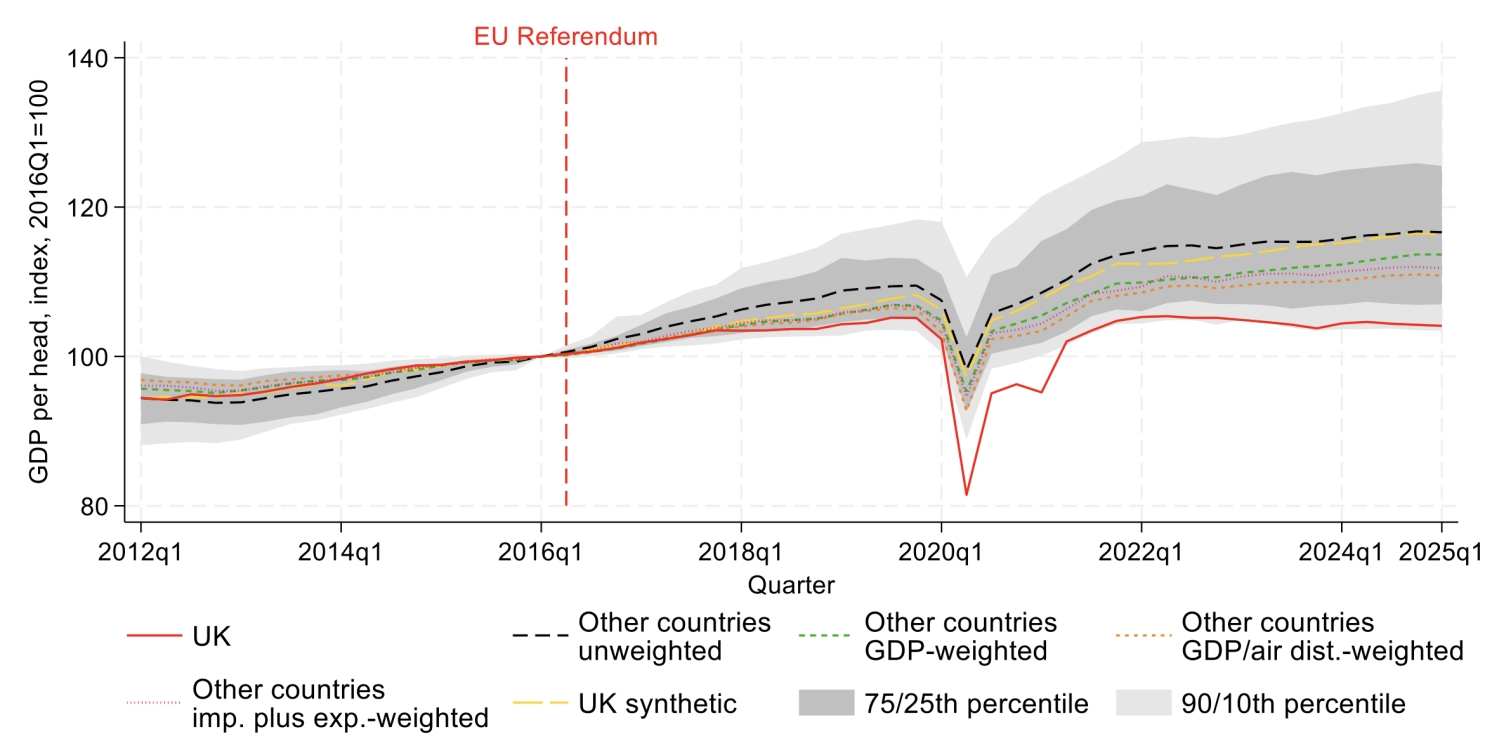Overview
Finance Strategists had the opportunity to interview Derek Holman, CFP®, AIF®, co-founder and managing director of EP Wealth, to gain valuable insights into the world of Registered Investment Advisors (RIAs).
In this interview, Holman explains the role of an RIA and how they fit into the broader financial ecosystem.
He also highlights the unique aspects that differentiate RIAs from broker-dealers and offers guidance on how clients can effectively evaluate and select the right RIA for their needs.
RIA Firm Overview
Q: What is an RIA (Registered Investment Advisor)?
A: A Registered Investment Advisor (RIA) is a professional or firm that offers personalized investment advice and manages investment portfolios on behalf of clients. As a fiduciary, an RIA is obligated to act in the best interests of their clients, prioritizing their needs above their own. RIAs are registered with regulatory bodies like the SEC or state securities agencies, providing transparency and compliance oversight.
Q: Can you clarify the role of an RIA? Is it primarily focused on providing investment advice?
A: Yes, at its core, an RIA provides investment advice. However, over the years, there has been a shift towards offering comprehensive wealth management services driven by consumer demand. This expansion includes financial planning, addressing cash flow, managing assets outside of the RIA’s management, and even extending to tax and estate planning.
Q: How do RIAs customize financial plans for clients? Do they tailor the plans further beyond the initial creation?
A: The customization of financial plans depends on the firm. At EP Wealth, for example, plans are highly customized based on client information. The output of the financial plan is generated based on client-provided data. However, differentiation among firms comes in how they utilize the plan’s information. This includes delving into tax strategies, estate planning implications, investment management considerations and cash flow management over time.
Fee Structures of RIAs
Q: What are the primary ways in which Registered Investment Advisors (RIAs) typically charge for their services?
A: The most common fee structures for RIAs are a percentage of assets managed and hourly financial planning, although there may be a few other options mentioned on their Form ADV.
Q: Are most RIAs charging commissions on investments?
A: No, the majority of RIAs (around 90%) operate on an assets under management (AUM) fee structure. However, it’s important to note that if an RIA is charging commissions, they are typically dually registered as a broker-dealer, allowing them to charge those commissions. The RIA itself would not have the ability to charge commissions directly.
Structure of RIA Firms
Q: Can you explain the structure of an RIA and how a team supports the advisor?
A: The RIA landscape consists of a variety of firms with different approaches. Some have built-out teams with specialized areas like portfolio management, financial planning, tax and estate departments. In these cases, the advisor acts as a quarterback, coordinating with the different teams to serve the client. Other RIAs may operate as one-person organizations, with the advisor handling all aspects of the client’s account.
Q: Is there a threshold of assets under management that prompts RIAs to build out a team?
A: The decision to build out a team varies for each firm. In our case, we fully built out teams when we reached around a billion dollars in assets under management.
How Is an RIA Different From a Broker-Dealer and a Custodian?
Q: What are the key differences between a registered investment advisor (RIA) and a broker-dealer?
A: RIAs are regulated by the SEC, while broker-dealers are overseen by the NASD. Broker-dealers can buy investments at one price and sell them at a marked-up price. They may have an investment banking arm and engage in market making. In contrast, RIAs do not sell securities for profit, have no clearing responsibilities and hold clients’ funds at separate organizations.
Q: What is the primary business model for broker-dealers?
A: The primary business model for broker-dealers is still based on a small markup on the securities they sell.
Q: How do RIAs and broker-dealers differ in terms of fee structures?
A: RIAs typically charge fees based on assets managed or offer hourly financial planning services, while broker-dealers primarily rely on small markups on the securities they sell.
Q: Do RIAs and broker-dealers sometimes have affiliations with each other?
A: Yes, some RIAs may have affiliations with broker-dealers, allowing them to charge commissions on investments. In such cases, the RIA and the advisor working there may be employed by both the RIA and the broker-dealer.
Q: Which types of firms are held to the suitability standard versus the fiduciary standard?
A: Broker-dealers are held to the suitability standard, while registered investment advisors (RIAs) are held to the fiduciary standard.
Q: What is the difference between the fiduciary standard and the suitability standard?
A: The suitability standard means that an investment needs to be suitable for a client without necessarily being the best or perfect option. On the other hand, the fiduciary standard requires providing the best advice or recommending the best investment based on professional knowledge and experience, with the client’s best interests in mind.
Q: Are custodians like Schwab, Fidelity and TD broker-dealers?
A: Yes, custodians like Schwab, Fidelity and TD are broker-dealers. However, they operate as discount broker-dealers, facilitating securities transactions through self-directed platforms. Clients can buy securities directly, and the fees and commissions charged by these custodians have significantly decreased over time.
Q: Can custodians resell the securities owned by clients?
A: No, custodians like Schwab or Fidelity do not resell clients’ securities. When clients purchase securities, they own them, and the custodians register the securities under the clients’ names. However, custodians may loan out clients’ securities, usually through margin lending, allowing others to borrow the securities for activities such as short selling temporarily.
Q: How do insurance products with high commissions continue to exist without a regulatory crackdown?
A: The insurance industry has significant influence due to its financial contributions to lobbyists. Commissions on most insurance products remain high, even as commissions for other financial products, like stocks, have diminished. The insurance industry maintains strong resistance to lowering commissions, creating an oligopoly-like situation. Lobbying efforts and reluctance to disclose commission details prevent widespread reform in the industry, and commissions on annuities and life insurance remain among the highest in financial services.
How Clients Can Evaluate RIA Firms
Q: How do RIA firms differentiate themselves from one another?
A: RIAs strive to differentiate themselves through the breadth and depth of the services they provide. While many firms claim to offer financial planning and investment management, the resources, talent and depth of analysis they possess can vary significantly. It can be challenging for consumers to discern these differences, but tools like a checklist or asking specific questions can help evaluate firms.
Q: Can consumers evaluate firms based on their website or Form ADV?
A: While Form ADV can provide some insights, analyzing it thoroughly can be time-consuming and cumbersome. The SEC could potentially make improvements to enhance the firm evaluation process, such as adding sections on services offered directly by the firm, the average client size, the firm’s investment approach and fees charged by the firm. Evaluating a firm’s thoroughness and service offerings may require reading between the lines with language on their website. For example, if a firm has an in-house CPA for tax planning or estate attorney for estate planning, that’s usually a sign that the firm offers depth in the service.
Conclusion
In this insightful interview, Derek Holman, co-founder of EP Wealth, shed light on the role of Registered Investment Advisors (RIAs), their fee structures, firm structures and the critical differences between RIAs, broker-dealers and custodians.
Holman explained that RIAs are expanding their services beyond investment advice to provide comprehensive wealth management guided by clients’ needs.
While broker-dealers predominantly rely on markups on securities they sell, RIAs are commonly associated with a percentage-of-assets-managed fee structure.
He emphasized that RIAs, unlike broker-dealers, are held to the fiduciary standard, requiring them to act in the client’s best interests.
The interview also revealed that there’s no standard model for the structure of an RIA firm, and the decision to shift to a team structure will sometimes happen as RIAs manage a larger amount of assets.
Finally, while evaluating RIA firms can be challenging, Holman suggested tools like firm selection checklists and asking pointed questions about a firm’s service offerings and compensation as useful strategies for prospective clients.
The views and opinions expressed herein are the views and opinions of the author and do not necessarily reflect those of Nasdaq, Inc.





































